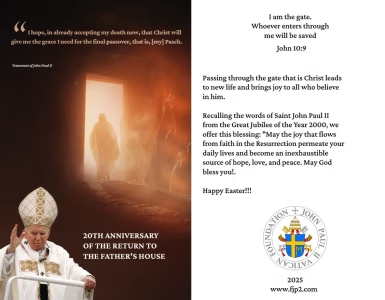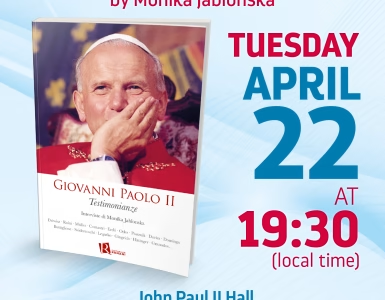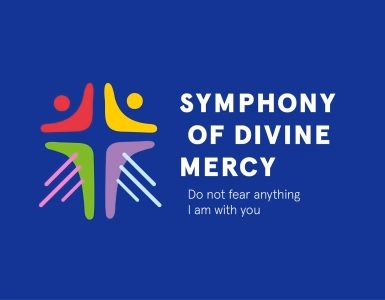Most likely he was the man and certainly he was the Pope who traveled the world the most. He visited the largest number of countries. Thanks to the social communication, he was simultaneously watched by at least half a billion people. He traveled the distance equivalent to the thirty flights around the world, more than three times the distance from Earth to the moon. The Holy Father was young. He eagerly traveled, which was the fruit of his Bishop’s service in Cracow. In addition, the Catholics situation in the world needed a new look at the role of the Pope, who, as the successor of St. Peter, was at the same time – like Karol Wojtyła himself – the continuation of the mission of the Great Pilgrim – Saint Paul. And it all started with Mexico. “We cannot wait for the faithful to come to the St. Peter’s Square, we must go to them”, he was saying. How many people can travel to Rome to meet with the Pope? He believed that the Pope and the Church were obliged to seek man, as Christ did, by crossing the Earth and teaching all nations. The Apostolic activity of Pope John Paul II was in a way “teaching during pilgrimage”. After Mexico, there was the turn for Poland. Then, according to the order of incoming invitations, there was Ireland, the USA, the United Nations, and Turkey. Already the first pilgrimages clearly defined the goals of this pontificate, which was missionary in nature. He was supposed to face the Communist world, but also the liberal societies, to take actions for ecumenism and interreligious dialogue. The welcome at the airport in Ankara surprised me even more than the Holy Father – so quiet and very formal. The streets were empty. It was such a big difference compared to previous pilgrimages. This should be not so surprising if we take into consideration that Turkey is a laic country and, at the same time, almost a hundred percent Muslim. Anyway, it was an important pilgrimage. The Pope was able to meet with the Orthodox Patriarch of Constantinople and establish the first contact with Islam. Slowly not only the strategy was defined, but also the profound and innovative meaning of pilgrimages to the “living sanctuary of the people of God,” as John Paul II used to say. Pilgrimages were becoming more systematic and institutional in nature and become an integral part of the pontifical ministry and teaching. Catholicism has gained, demonstrating its versatility and fostering the development of the missionary spirit. The Apostolic See’s relations with the local churches strengthened and increasingly united. Often after the Holy Father’s pilgrimage, there were a greater number of priestly vocations (like Eastern Europe and Africa) and conversions (in South Korea, where Buddhism and Confucianism dominate). Sometimes, the spiritual atmosphere associated with it involved the whole nation and, in a sense, transformed its face.
Cardinal Stanisław Dziwisz – “Testimony”





